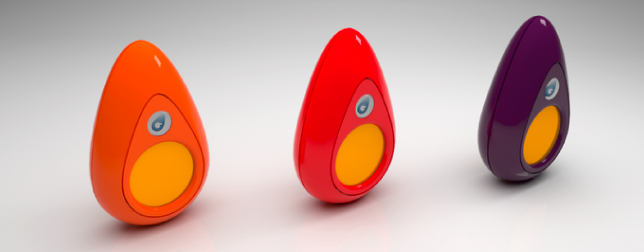Wearables that can assist people with mental illnesses are important for society. Not only can it assist researchers and people with these disabilities to have a wider awareness about their condition. Wearables can provide patterns within the data that can provide solutions for behavior and medication research. There are 4 wearables that have stood out to us. Check them out below!
Hexoskin is the wearable featured by HI-SEAS Mars stimulation project; who came to the WT | Canada conference this past month. Hexoskin is an undershirt that can be used in any ways. Not only does it track your activity, but it can improve your mental health! Their technology records physiological data and translates it into a usable interface – allowing you to know more in order to live better. Their smart shirt is washable, and comes equipped with a long-lasting battery.
Beyond Verbal offers a new technology that can decode communication and emotions. This way you can know what someone is actually saying without them saying it. Beyond Verbal has proven their technology works through science, and international testing. This app can be downloaded to your smart device; weather it is wearable or automotive. It pays attention to what is happening in real life and response with an efficient solution.
PIP is the revolution to managing stress. The Pip stress management device measures Electro Dermal Activity (EDA), using the electrical changes at the surface of the skin to provide a robust, scientifically established indicator of an individual’s stress response. Using proprietary algorithms and data processing technology, stress levels are displayed, in real-time, in Pip’s Apps. Now you can manage all you task as well as the stress that is accompanied by them.
Q sensor is a stress detecting wristable created by Affectiva from MIT. It measures electricity conducted through the skin – which can detect what emotions you are feeling (based on valence). The idea is to gain real time data on your internal system and how that can affect your emotions and wellness. MIT has tested the device on people that are living with autism. With one day of wearing Q Sensor, people are able to see what stimulus has given them a particular emotion; which is very helpful to people that have communication problems. Conclusions have been able to correlate emotion aspects from behavior. There future of wearables combined with affective computing is bubbling with possibilities at MIT.
There are more assistive wearables to improve health than what is above. If you are interested please take the time to read about relaxation wearables for training your brain!












